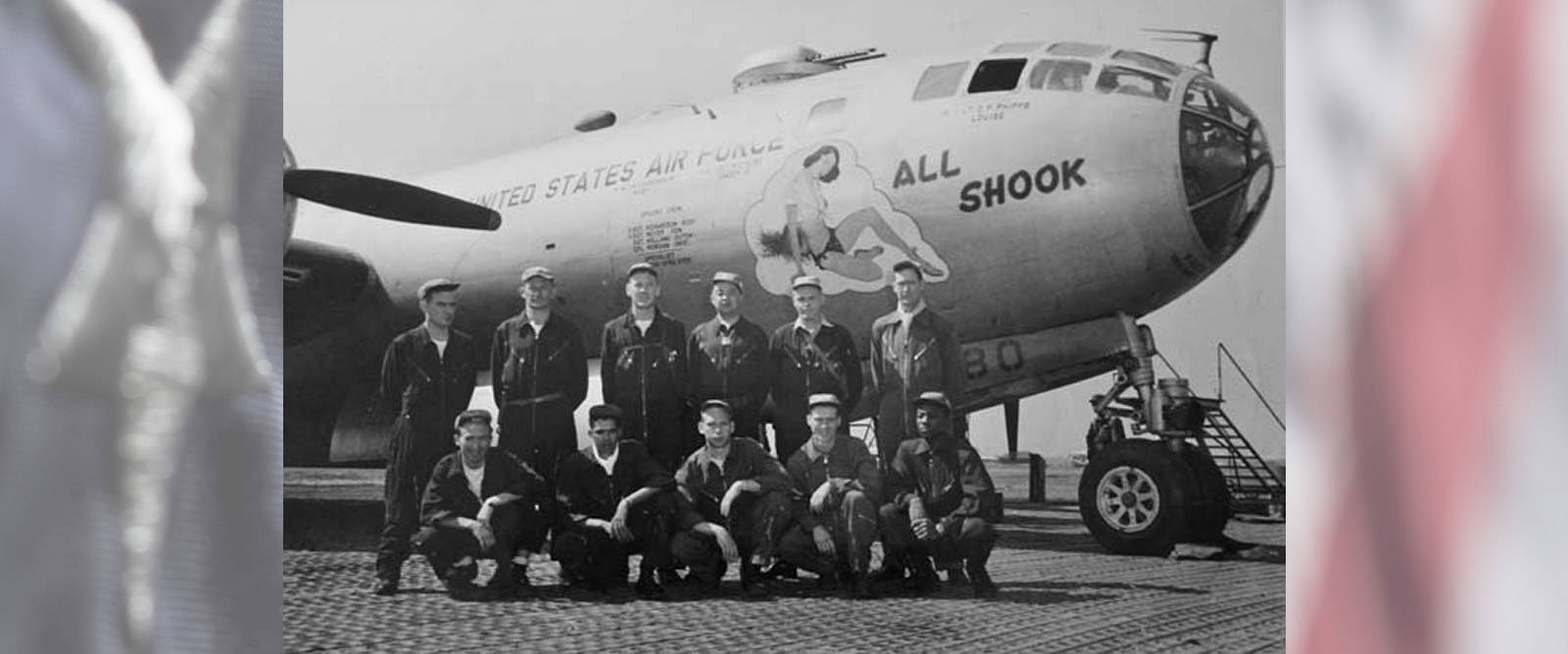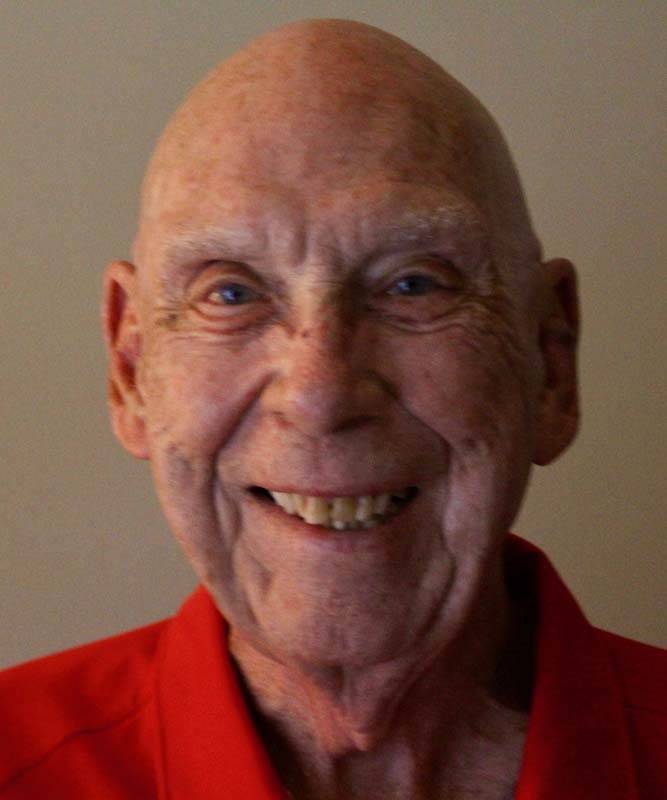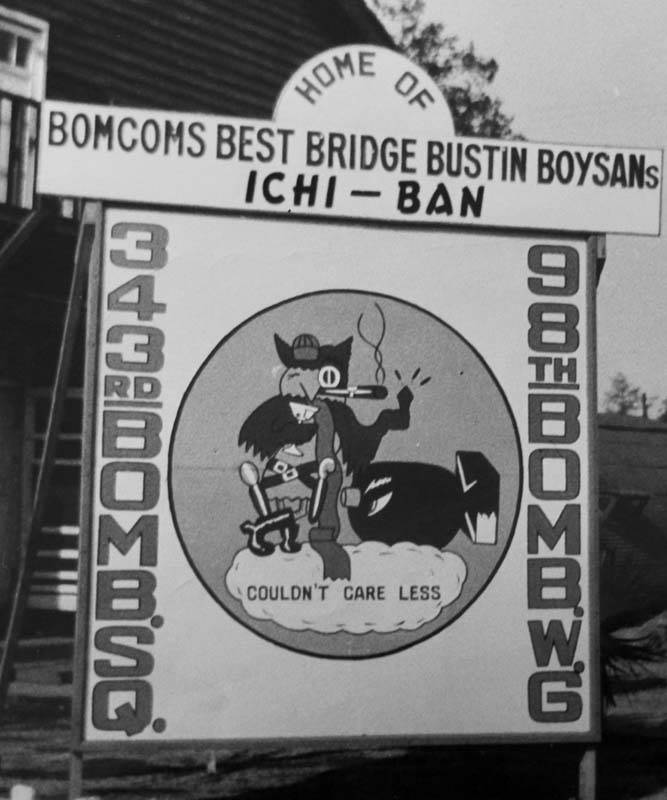U.S. Air Force Korean War Naperville, IL Flight date: 06/06/18
By David Adams, Honor Flight Chicago Veteran Interviews Volunteer
Lloyd grew up in northern Illinois during the Great Depression. His dad worked in Aurora for the Burlington Northern Railroad and had served in an Army cavalry unit during WWI, but did not deploy to Europe. Lloyd graduated from Sandwich High School in 1948. Before attending college, he and a buddy went out to Wyoming with a high school teacher to drive speed boats on Jenny and Jackson lakes, where they had marvelous views of the Grand Tetons. They had free room and board and were paid $100 per month to boot! Lloyd returned to Illinois to attend the University of Illinois in Champaign to study architecture. He also enrolled in ROTC at the U of I. After a year, he transferred to Northern Illinois University for his second and ultimately last year of college.
With the outbreak of the Korean War on June 25, 1950, he could see “the handwriting on the wall.” With two years of college completed, instead of waiting for his draft notice, he enlisted in the Air Force in August of 1950. After one month of Basic Training at Lackland AFB, Texas, he reported to Lowry AFB, Colorado for B-29 gunnery school. He learned that the B-29 was equipped with five 50-caliber gun turrets and also employed a Central Fire Control (CFC) system for more effective firing of these weapons. After 6 months he became fully qualified as a gunner. He was assigned to Randolph AFB, Texas to join the B-29 crew he served with throughout training and combat in Korea.
He and his crew were assigned to B-29 serial number 4080 (“080.”) A B-29 crew had 11 members including five gunners and one CFC controller. Lloyd took the position of CFC on his crew. He believes his ROTC experience helped him get this assignment. After intensive training, they flew “080” from Texas to Yokota Air Base, Japan arriving in November, 1951. They joined the 98th Bomb Group, 343rd Bomb Squadron. His crew named their B-29 “All Shook” and had appropriate nose art applied.
By late 1951, B-29s flew only night missions. He recalls that by the time “080” got to Korea, the daytime missions were too dangerous due to the presence of North Korean MiG-15 jet fighters. His squadron’s B-29s were equipped with special navigation radar for night missions. This SHORAN (SHOrt RAnge Navigation) radar allowed his B-29 to pinpoint small targets with great accuracy. Lloyd remembers that mission briefings occurred about 2 hours before the 8 or 9pm takeoffs; missions lasted 8 to 10 hours. Following a mission, about three days of maintenance was required before a B-29 was ready for its next mission.
As the CFC, one of Lloyd’s jobs was to enter the bomb bays after takeoff and arm the bombs. He remembers that a normal load was 500-pound bombs and that All Shook could carry 40. Occasionally it was loaded with heavier ordinance. Once in flight, Lloyd as CFC, fired the guns to insure they were working, and he recalls that these weapons never malfunctioned. Bombing altitude was 20,000 feet at a speed of about 300 mph. During these bombing missions, he remembers seeing MiG trails and anti-aircraft artillery “flak” bursts, but none very close to All Shook. Some of his more important targets were the North Korean railroad bridges at Sunchon, Sinanju, Wa-dong, Samdong and Songchu. These targets are confirmed by his copies of the aerial photos taken from All Shook for bomb damage assessment purposes.
All Shook experienced just two emergencies in combat. One involved the bomb bay doors not closing after a bomb run. The pilot told Lloyd to go back and manually close them, but when he got close to the open bays, he could feel the suction of the airstream and was certain he would be sucked out if he went further. He remembers the bomber was flying over the open ocean at night and even with a parachute, his chances of survival were miniscule. Upon reporting the situation, he was ordered to stop this task – fortunately, All Shook landed without incident. The second emergency involved a fire on number four engine on final approach to Yokota, Japan. Notwithstanding this, the crew landed successfully. During his tour, his squadron lost just one B-29 (and its crew) as a result of a crash on takeoff.
Tour length for B-29 crews was 35 missions. Lloyd and his crew completed their 35 combat missions in May, 1952. All Shook returned to the States shortly thereafter without a scratch. For his service, he was awarded the Air Medal for “meritorious achievement while participating in aerial flight.” With Lloyd’s combat tour complete, he reported to the Strategic Air Command (SAC) at Forbes AFB, Topeka, Kansas for the remainder of his enlistment. At Forbes, he served as a B-29 gunnery instructor and “ran the gunnery school.” He reached the rank of Staff Sergeant and received his Honorable Discharge on September 3, 1953.
After his discharge, Lloyd took some time off before starting a job at Allsteel in Montgomery, IL. He recalls that Allsteel made metal cabinets, bookcases and the like. As the manager of transportation, he insured that raw materials needed for manufacturing came in on time and that the finished products were shipped in a timely manner. He remembers that a line of Allsteel office furniture was so successful that Allsteel eventually was the third-largest producer of steel office furniture worldwide. He retired in 1989 from Allsteel after 36 years; it was his sole employer besides Uncle Sam.
More importantly, shortly after returning to Illinois in 1953, he met Lois on a blind date. They were married on July 17, 1954 and remained married for 58 years until her death. Together they had five children, three boys and two girls. He has 10 grandchildren and 11 great-grandchildren. Lloyd, age 89, remarks that he walks between 6 and 8 miles daily, sometimes 10 miles – and he has the Fitbit data to prove it!
Lloyd, welcome home and thank you for your service. Enjoy your special day in Washington, D.C. for you have certainly earned it!





